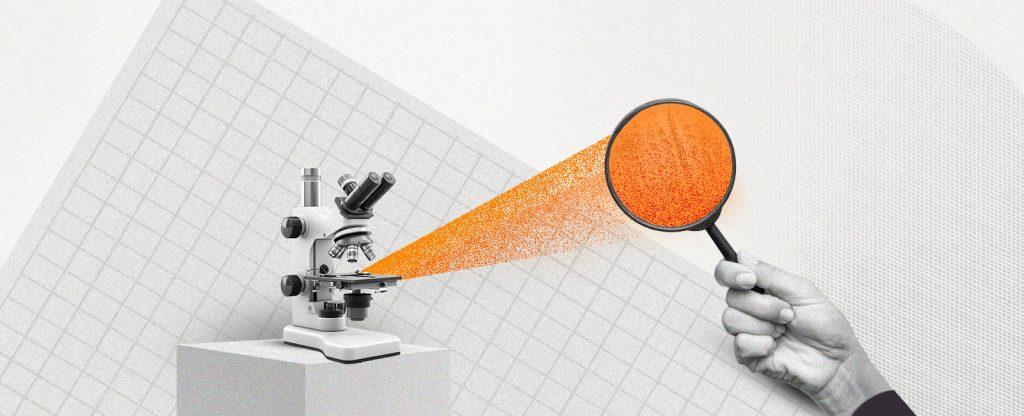In a world where IBM’s Watson can diagnose heart disease better than the average cardiologist, where smartphone apps can accurately detect skin cancer using the phone’s camera, and where algorithms can detect eye diseases just as well as licensed physicians, regulators find themselves presented with new opportunities to use AI with every passing year. But what is AI, exactly? And how can professional regulators adopt this technology to protect the public interest and make life easier for citizens and professionals alike?
What is AI?
Whether or not the average citizen is aware of it, AI plays a part in day-to-day life for most people around the world. In the most basic terms, AI describes any type of computer operation that simulates the human thought process, to any degree. In a 2004 paper, John McCarthy describes AI as “the science and engineering of making intelligent machines, especially intelligent computer programs.”
Since the moment programmable computers were first developed, engineers, scientists, philosophers, and others have considered the possibility of real, workable AI solutions. In Alan Turing’s “Computing Machinery and Intelligence,” Turing asks the now-famous question “can machines think?” He follows the question up with a test now known as the “Turing Test,” wherein a human interviewer attempts to tell the difference between a computer and human response to a given question.
Over the past 30 years, AI has become a catch-all term for any type of computer programming that performs tasks usually requiring human input. In its most common form, it combines sophisticated computer science with massive, high-quality datasets to solve problems normally reserved for human beings. AI seeks to replicate (and hopefully, one day, exceed) human perception and human thought patterns.
How can AI work for regulators?
There are several instances in the licensing process where AI could alleviate certain burdens on regulators. The following are just a few examples:
Visual recognition of forms
The licensing process has historically involved paper forms, which are filled out by applicants and approved by regulators. Over decades of issuing, renewing, and revoking licenses, regulators have accrued what is basically a massive dataset that would normally require human input to put into machine-friendly language.
One of the more recent, more innovative applications of AI is visual recognition of information. A sophisticated AI program can now analyze and process visual information in a way that, as recently as 20 years ago, only a human could. AI could process scans of paper forms that have accumulated in the file cabinets of regulators everywhere, pulling out relevant information, making it machine-friendly, and adding it to the regulatory database.
Complaint management
Regulators, regardless of the standards at which their industry is operating, will always have to field complaints. They will often have to handle many complaints at once. This is where AI comes in — quality management systems embedded with AI can process complaint information, triaging and categorizing complaints by severity and risk factors. This can save regulators countless hours of human labor in the long run and create systems wherein they can efficiently and effectively field a large rush of simultaneous complaints.
Education management
There is no need to hypothesize when AI-powered educational systems began making their way into professional societies as early as 2018. SelfStudy Inc., a tech company specializing in educational optimization, announced that year the opening of their cloud-based platform (known as SelfStudy360) to professional societies and scholarly publishers. The software uses machine learning and dynamic algorithms developed at the Massachusetts Institute of Technology to assess users and present them with tailored educational content to keep every user on the best possible path toward a continuing education credit or toward certification.
What does the future hold?
As AI continues to expand its influence in private-sector life, regulators will need to familiarize themselves with its various applications to keep up with the rest of the world. There are many ways AI can help regulators streamline their daily processes, from form recognition and processing to complaint management, continued education, and beyond. The power and prevalence of AI will only increase as time goes on, and the onus is on regulators to keep themselves abreast of new developments and potential applications in the field as they arise.








